Townhall Times Recently, under the direction of the Bihar and central governments, Bihar Governor Shri Arif Mohammad Khan visited the Mahabodhi Vihara. During his visit, he forcibly performed Hindu rituals by identifying a broken Buddha statue as a Shivling. This incident symbolizes a deeper conspiracy, where, through the central government and the RSS, a campaign is underway to Brahminize Buddhist sites. It is well known that the RSS is a Brahminical organization whose ideology has historically opposed India’s egalitarian traditions—particularly Buddhism.
The Buddhist community has consistently held that, historically, Brahmins demolished the 84,000 viharas and stupas built by Buddha and converted them into Hindu temples. They rebranded Buddha statues as Hindu deities in an attempt to systematically erase Buddhist identity. It is also a historical fact that, to date, no Brahminical deity’s statue has been found dating back to the pre-Christian era, whereas thousands of Buddha statues from that era have been scientifically verified on Indian soil.
Brahmins did not only alter the physical appearance of Buddhist sites but also launched an ideological and cultural battle against Buddha’s teachings. While Buddha preached equality, scientific reasoning, and humanism, Brahminism promotes caste hierarchy, rituals, and inequality. For these reasons, Brahmins have plotted multiple strategies to erase Buddhism—foremost among them being the takeover of Buddhist sites and suppression of their historical significance.
Even during the British era, when archaeological excavations began, British historians Colonel Maisey and Cunningham unearthed Sarnath in 1837—the place where Buddha delivered his first sermon and founded the Buddhist Sangha. In 1842, they excavated Sankisa—the site where Buddha descended to earth on a staircase of jewels after preaching to the gods. These findings affirmed that India’s ancient history is deeply intertwined with Buddhist heritage, not Brahminical symbols.
Today, the movement to liberate the Mahabodhi Vihara is gaining strong momentum. The central demand of this movement is the repeal of the 1949 Bodh Gaya Temple Act, which, according to Buddhist voices, violates both the core rights of Buddhism and Articles 25 to 28 of the Indian Constitution—guaranteeing religious freedom. The Buddhist community argues: if no person from another religion is allowed on the management boards of gurdwaras, mosques, or temples, then why are Brahmins part of the Mahabodhi Temple Committee?
It is evident that there is a coordinated effort—backed by both state and central authorities—to Brahminize the Mahabodhi Vihara. At times, governors are brought to the site to perform Hindu rituals; at other times, Brahmin groups attack Buddhist monks. When Buddhists protest, they are framed in false cases. Bhikshu Vinayacharya himself has been imprisoned by a Brahmin-influenced administration due to his role in this movement—an attempt to stifle the resurgence of Buddhism.
However, a voice against this injustice is once again rising from Jantar Mantar in Delhi. And that voice is now reaching beyond India’s borders—to Buddhist communities around the world. Buddhism is not merely a religion—it is a living consciousness of peace, compassion, and equality for humanity. And the liberation of the Mahabodhi Vihara is a fight to protect and restore that consciousness.
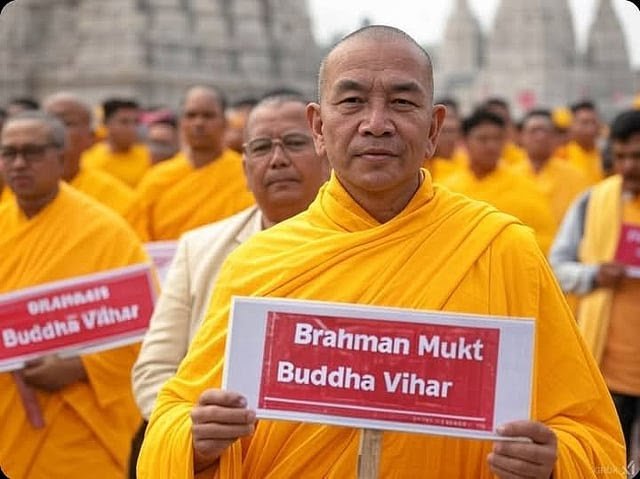

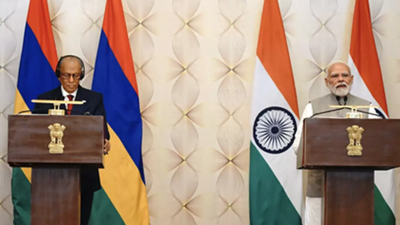

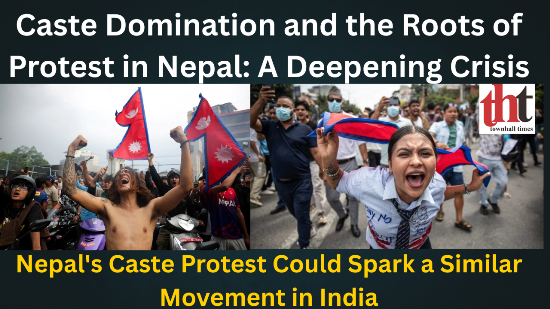

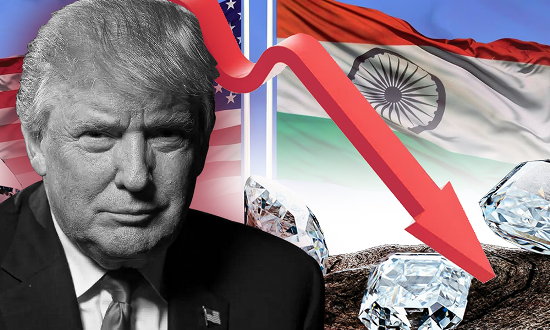



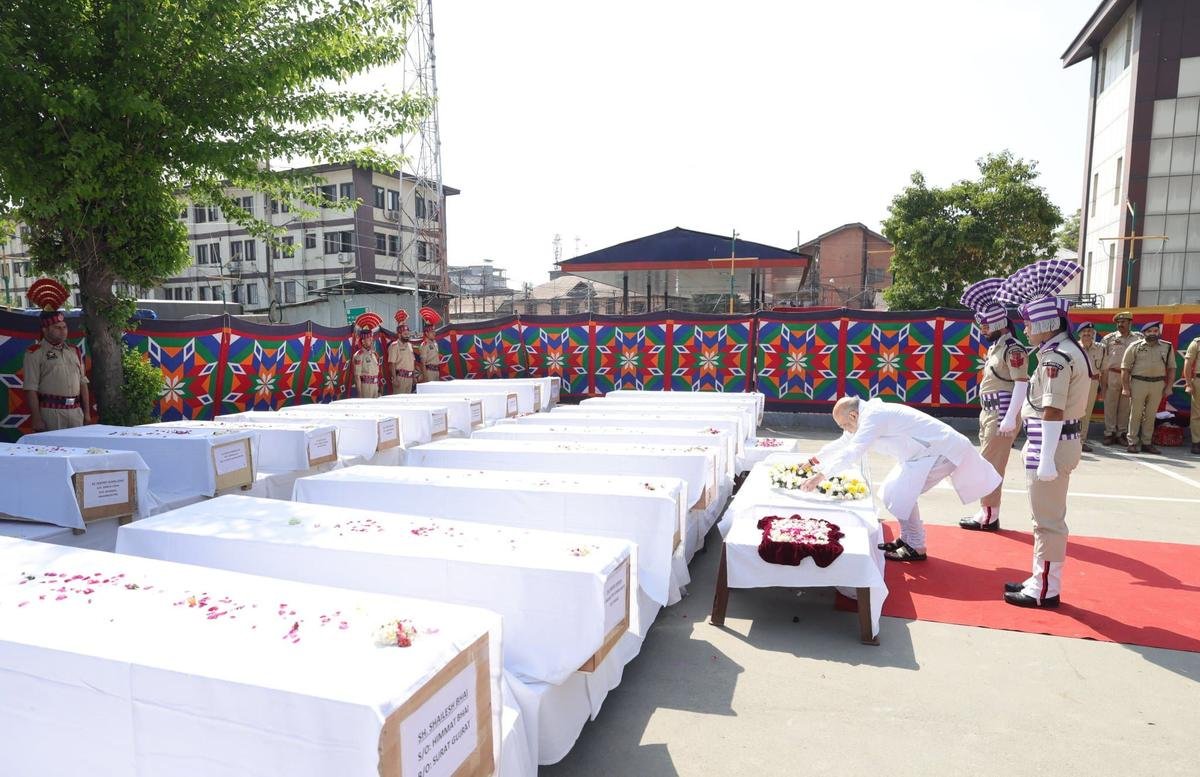
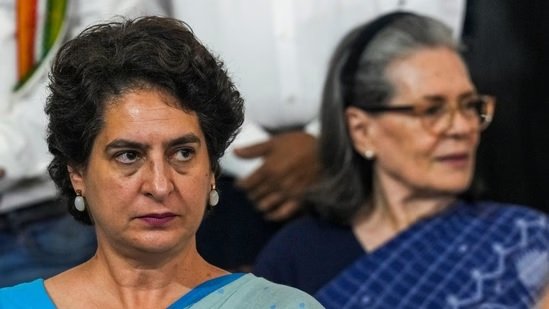

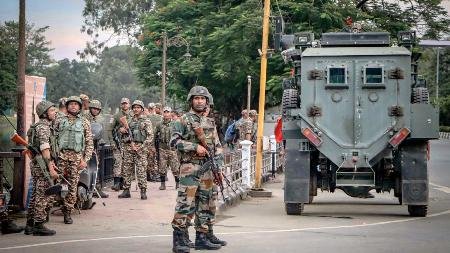
Leave a Reply